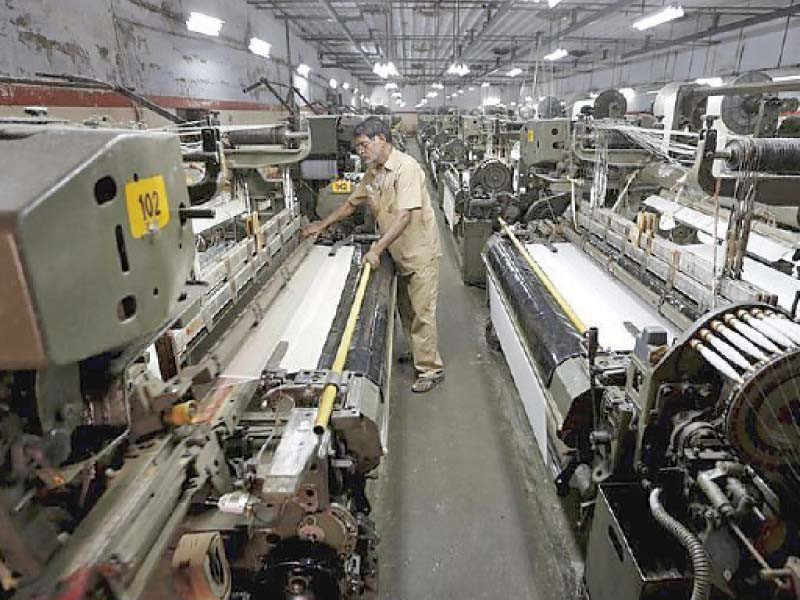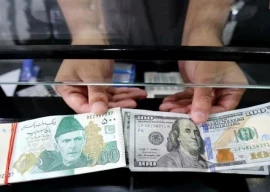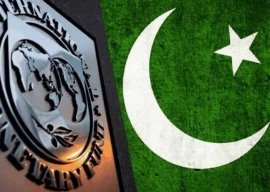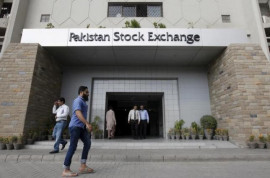
Contrary to the popular belief, if we only go by the numbers and sum up the incomes of our 250 million population, it comes to annual $375 billion, ie, about $1,500 per capita annually or $125 monthly or $4 daily income.
The world’s population is 8 billion, and we constitute about 3% of the world’s population. In comparison, the world’s total income is $100 trillion, of which our share is about 0.4%. Global imports total $32 trillion, and our exports amount to $32 billion, ie, 0.1%.
Although we find some of our people in media vent their anger at the rich and allegedly dishonest individuals (our socialist mindset; wealth and the wealthy being despicable, believing, like Mario Puzo, that behind every great fortune there is a crime), our richest people don’t even come close to the dust of the world’s wealthiest lists.
There are 2,783 people in the world with more than a billion dollars, and no Pakistani is on a reliable list like Forbes. The 100th richest person in India has $2.6 billion. Our country’s total external debt is $130 billion, while Mukesh Ambani of Reliance alone has a net worth of $116 billion, and the total assets of India’s 100 billionaires are close to $800 billion.
But it wasn’t always this way. In the mid-1990s, India had only two billionaires, and today in 2024, even after searching and combining companies, the wealth of Engro and Lucky Group is considered to be around $1 billion per group. Is it possible that 30 years from now, like India, we will have 130 billionaires with a collective wealth nearing $1 trillion?
Quite unlikely due to missed opportunities over the past three decades, but the development pace of China, India, and Vietnam, over the last 30 years, suggests that an effort can certainly be made.
Many of our people believe that our country has been excessively plundered since its inception, and that loot has been taken abroad, but since 2010, due to somewhat stringent international regulations, it has become difficult to hide wealth abroad.
Recently, in the Dubai leaks, out of Dubai’s $400 billion worth of properties, only 2.5% of properties, of about 17,000 Pakistanis, were found, (Rs160 million per person). This is less than the worth of a two-kanal house in Defence. The properties of individual Pakistanis, shown by even unverified sources, are not worth more than $50 to $200 million, at current market values.
Amusingly, even our dishonest individuals are a weak minority compared to the wider world. The primary reason is the simple lack of wealth (convertible into dollars) in our country.
The point is, what do we have that can be immediately converted into dollars? Any oil, gas, precious metals, coal, grains, chemicals, or fertilisers that we export? Any ships, machines, submarines, or computers that we manufacture? Any educational, health institutions, or major banks or stock exchanges whose services are purchased by foreign countries?
Our opportunities for so-called dishonesty (convertible into dollars) are limited to the under-invoicing of exports and under or over-invoicing of imports.
Besides, the dollar transfer abroad depends on remittances from our 10 million expatriates, who, if they want, can invest abroad themselves or use Hawala/Hundi to let the wealthy in Pakistan do the same. Note that this system is also under significant surveillance by institutions (like FATF).
In 1991, India’s blueprint for development was created with just a few pages of Ahluwalia’s “Document M,” which liberated the economy from government control, and by creating medium to long-term policies and enforcing them, turned the economy from a 2%, so-called, annual “Hindu rate of growth” to a consistently 8% annual growth rate. But that was 1991, and today is 2024.
Additionally, from 1947 to 1991, there had been immense government investment in education (and even otherwise, India received a better share in education, business, and skills at partition). Secondly, they had ample resources in coal, iron, and aluminum.
Then came the foundation of the industry: steel and plastic granules. Compared to our one (1984 to 2015) steel mill, they had 30 mills, and against our years-old unfulfilled dream of a naphtha cracker plant, India had seven naphtha crackers.
The result was as expected; the Indian industry, having moved from government control to the private sector in 1991, had no chance to pause its development, while we remained poor even after privatising everything.
In the third decade of the 21st century, economists believe two things will form the basis of development for countries like Pakistan in the next 10 years: exportable industrial production and quality IT services.
Fortunately, we live in a time where technology acquisition faces no significant restrictions but capital is lacking. Machines and plants demand capital, and developing human capital requires IT and industrial/management skills. Due to the lack of natural resources, metals and plastic granules must also be imported, as well as petroleum and gas.
This investment is beyond the government’s capacity, but at least it can make this investment easier for the private sector through a long-term industrial and IT policy. Currently, the government can neither provide cheap loans, tax exemptions, or significant discounts on electricity, gas, or petrol.
The government has six potential ways to promote the development of industrial and IT sectors for exportable goods and services:
One – Selecting 15 to 20 industrial sectors, based on foreign markets and focusing all governmental attention on them. (No resources for all sectors).
Two – Adjusting tariffs (customs duties) for these industries, generally reducing them to zero, and allowing all businesses related to these industries to thrive.
Three – Eliminating the hundreds of governmental approvals and supervisions imposed on industries (which lead to bribery) and achieving governmental safety targets through remote methods.
Four – Diverting capital towards export sectors by heavily taxing all easy profit-making opportunities available in the market, besides industries and IT.
Five – Providing plug-and-play industrial parks, funded by the government’s development budget, allowing immediate start-ups on a rental basis and evicting those who halt production after two months. Land and infrastructure, about 60% of total investment, can be provided free.
Six – Transforming micro industries into small, small into medium, and medium into large businesses through handholding by government institutions like Smeda.
Everything looks easy when said, but achieving it requires 10 years of consistent efforts in the right direction, and the issue is that even the very intention to take such steps is missing. Had this been not the case, we too would have been a country with 200 billionaires (in dollars) today.
The writer is a career civil servant and a public development policy practitioner
Published in The Express Tribune, June 10th, 2024.
Like Business on Facebook, follow @TribuneBiz on Twitter to stay informed and join in the conversation.




















COMMENTS
Comments are moderated and generally will be posted if they are on-topic and not abusive.
For more information, please see our Comments FAQ